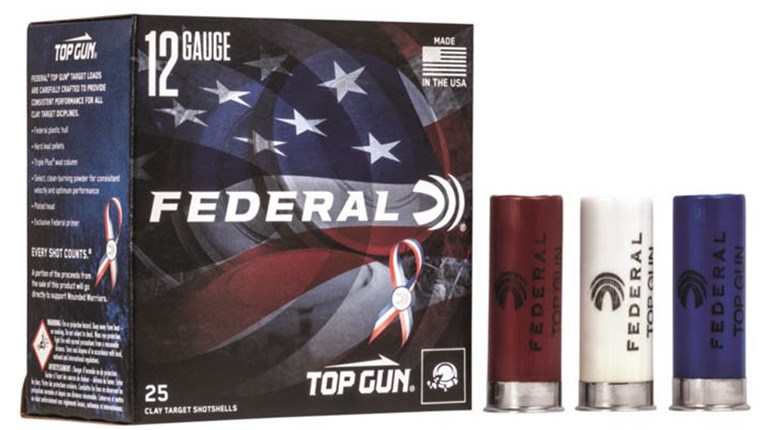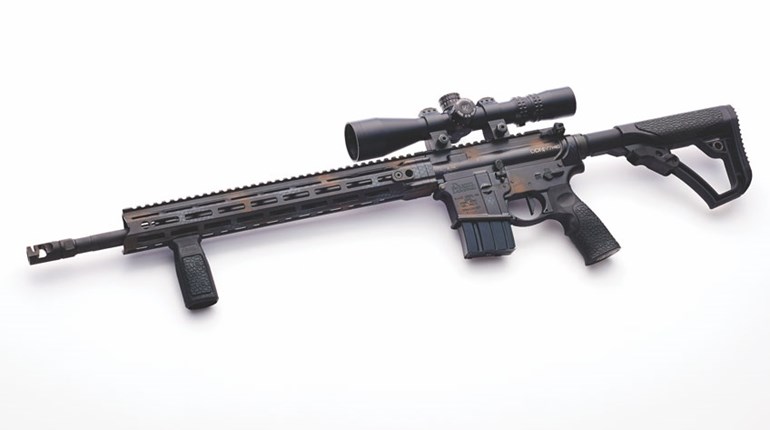
We rise to the day’s labors in a “pinch me” frame of mind fairly often. Our work brings us into routine contact with some of our nation’s best and most dedicated people—Orwell’s “rough men” (and women). But it’s a special day indeed when we get a chance to pay them back, even a tiny bit, for their sacrifices on our behalf.
Late May found us in just such an enviable spot. Shooting pal, fellow NRA instructor and friend of AW Charlene Jones invited us to help with the range portion of an NRA “First Steps” course. No surprise there, as NRA instructors often lend such support to keep supervision (and corresponding safety) levels high. What intrigued us were the constituents of the group: Under the aegis of the Wounded Warrior Project, female spouses and family members constituted the entire class.
Jeremy Eyman, outreach coordinator for WWP, gave us some insights on the origin of the course: “I think people generally understand about the Wounded Warrior Project and the challenges warriors face. But family members and particularly caregivers face some real challenges, too. This course is a chance for the women in those roles to take a break with others who really understand what they’re up against, but also to keep moving forward. It confirms the skills to be safe around the firearms that may already be present in their homes, but also to move ahead with things like getting concealed-carry permits. For these women, it’s empowering: They get the experience together, and then reinforce it together.”
When the arrangements were complete, Charlene found herself with 10 avid students in a classroom provided by the Whistling Pines Gun Club of Colorado Springs, who also sponsored range time for the live-fire portion of the training.
The attendees proved to be “soup-to-nuts,” with some experienced shooters, but also a share of relative—even absolute—newbies. On the range, we saw everything: .45 ACP 1911s, trusty .38/.357 revos, duty- and carry-type autoloaders and a Browning Buck Mark. That last was in the hands of a first-time shooter. Charlene related: “It was her first time out, but did she ever take to it! I kept having to case the pistol and fetch more ammo.”For these women, it’s empowering: They get the experience together, and then reinforce it together.
“A couple of things really struck me,” Charlene told us later. “First, we filled up the class right away with women who were either related to, or in a relationship with, a wounded veteran; that says a lot about the scale of the need. Another was a surprisingly uniform motivation for acquiring or upgrading their skills—at some point, most of them realized that their families were actually more vulnerable because the typical security provider for their household was at least partially compromised (mobility issues, for instance: How do you flee in a wheelchair?). That made them, maybe, a more enticing target. They had to step up and learn more in order to keep their families safe.”
It was no surprise, we think, that everyone had a good time, and urgently inquired about what’s next. (“We’re already planning something outdoors,” said Charlene, “where we can move and shoot.”)
Perhaps it’s now clear why we felt honored indeed to contribute to this effort in a small way as an RO and instructor. In the last decade and a half (almost), America has asked much of her soldiers, sailors, airmen and marines. Though the battles themselves were far away, the consequences are close at hand, and can never be wholly mended.
But when people like Charlene Jones, Jeremy Eyman and the folks at Whistling Pines are in the game, some small but important repair can at least begin. Our thanks to them, to our indomitable warriors and to their families.



































